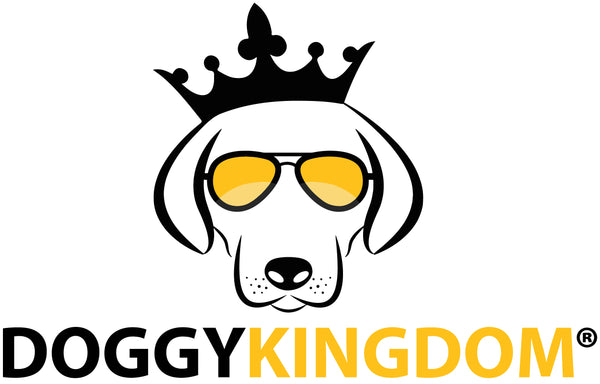Why Teach Your Dog Hand Signals?
Share
If you have ever watched an obedience competition, then you are probably aware that the top-performing dogs know hand signals. If you are like most spectators, you’re likely impressed by watching the pooches respond to non-verbal commands. However, teaching your dog hand signals is easy and beneficial.
A dog who knows hand signals will focus on every cue the handler makes. They watch intently for the signal. Teaching a dog hand signals is also highly beneficial in a noisy setting where the dog might not readily hear a verbal command.
Dogs naturally communicate through actions versus verbal communications. Yes, your dog will bark, whine or growl. However, most dogs are more visual than verbal. A dog’s body posture is used to communicate its intentions and emotions to other canines. Teaching both verbal and visual commands is highly beneficial for both the owner and the dog.
If you enjoy training your dog, then why not take the lessons to another level with hand signals.
Benefits of Dog Hand Signals
- Dog hand signals are beneficial at a distance when your dog might have a hard time hearing a verbal command.
- Hand signals work well in noisy environments.
- Older dogs with failing hearing or deaf dogs’ benefit from dog hand signals.
- Hand signals help your dog enjoy greater off-leash freedom.
- Using hand signals is fun for both you and your dog.
Grab Your Dog’s Attention
If you plan on teaching your dog hand signals, then the first step is to grab the dog’s attention. You want your dog to watch you, so they see when you make the signal and start associating it with the command.
Always train your dog in a distraction-free environment. Pick an empty room or outside in the privacy of your backyard. You want the environment to be quiet, so you have your dog’s undivided attention.
When teaching hand signals, you can snap your fingers or use a clicker to grab the dog’s attention. Once the dog starts looking at you then you can begin teaching a hand signal.
Giving a Hand Signal
Most owners have taught their dogs' basic obedience before they ever start issuing hand signals. If your dog already knows verbal commands, then it's time to start pairing the hand signal with the verbal command so your dog starts to associate the two.
When you have your dog’s undivided attention then start using the hand signal and coupling it with the verbal command.
You’ll follow the same training steps when teaching your dog hand signals as you did with verbal commands. Go over the basics such as sit, come, down, and stay. Don’t hesitate to use treats as positive reinforcement. You’ll want to reward good behavior with a tasty morsel when training.
It’s never too late to teach your dog hand signals. Why not start practicing today with Fido? You’ll be amazed at how quickly your dog picks up on the visual signals and becomes a doggy hand signal pro.



